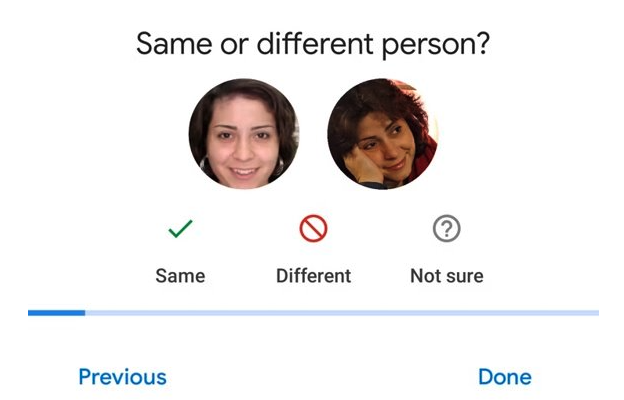What Instructors Need to Know
Understanding the language in this changing landscape
Artificial Intelligence
Artificial intelligence (AI) is an umbrella term used to describe a range of different fields, processes, models and tools.
Machine Learning
The process by which AI systems learn from data and improve their performance over time.
Generative AI (GAI)
An AI model that learns from training data and uses it to generate new content that resembles the original data.
Large Language Models (LLMs)
AI that is trained on large quantities of text in order to interpret prompts and generate human-like text-based outputs. Currently, the best-known LLMs available are ChatGPT, Bard, Gemini, and Microsoft CoPilot (formerly Bing).Training
The process of teaching AI to recognize patterns and make decisions based on input data. You may have encountered this when a photo app asked you to help it learn about the people in your photos.

LLMs like ChatGPT produce output based on patterns observed in training. They do not understand the content: They predict language based on the prompt they have received.
Prompts
Prompts are the commands or instructions that tell the LLM what you'd like it to generate. Prompt engineering refers to the process of developing and refining queries to obtain better results from the LLM.
Hallucinations
Because LLMs predict text, rather than producing verified content, they may make up information. These inaccuracies are termed "hallucinations." Although newer models produce fewer hallucinations, their presence means that every piece of text produced by an LLM should still be verified.
Ethics
AI tools reflect the information on which they were trained (the internet, social media, etc.). As academics, with deep knowledge of individual disciplines and well-honed analytical thinking skills, faculty are well suited to identifying hallucinations and ethical concerns, working with students to shape their interactions with generative AI, and helping to create better experiences.
Guidance on the Use of AI
Generative AI offers the potential for new capabilities in research, education, and productivity. In areas beyond the classroom, it is important to understand what to look for when adopting these tools as a way to ensure that the intended use is met while still protecting University data. Please see the Northwestern IT Guidance on the Use of Generative AI for more information.
Last updated August, 2024.
